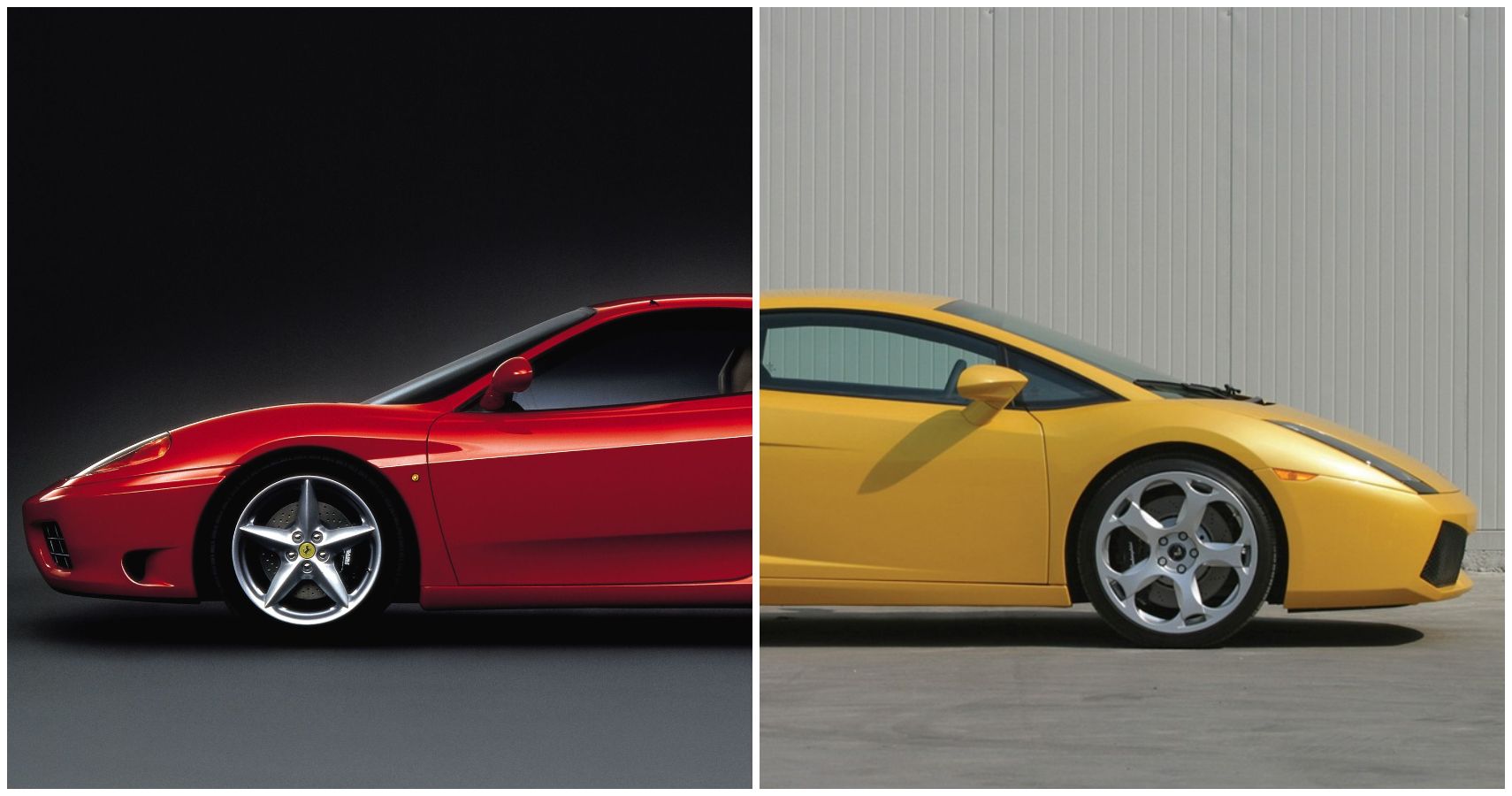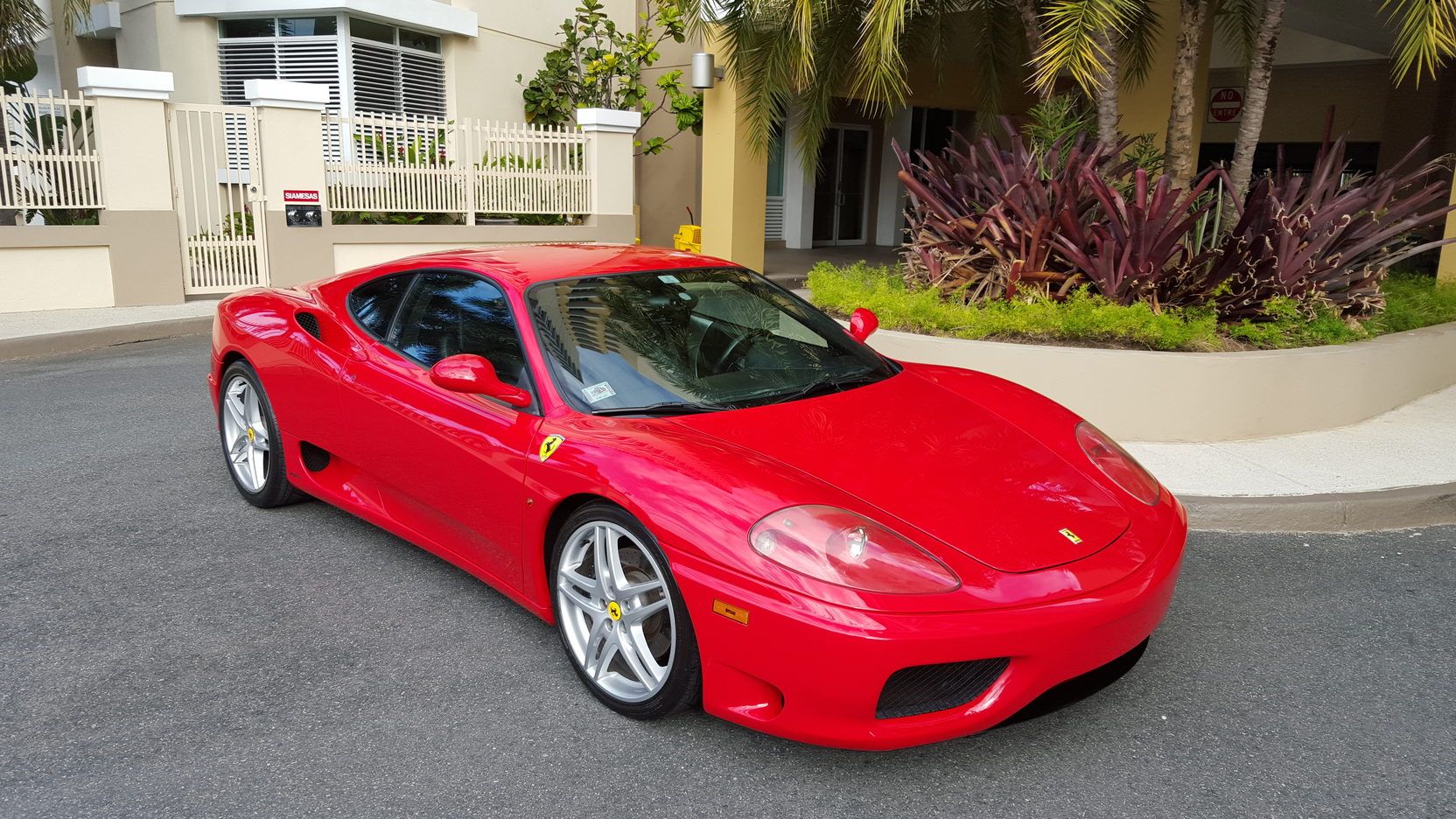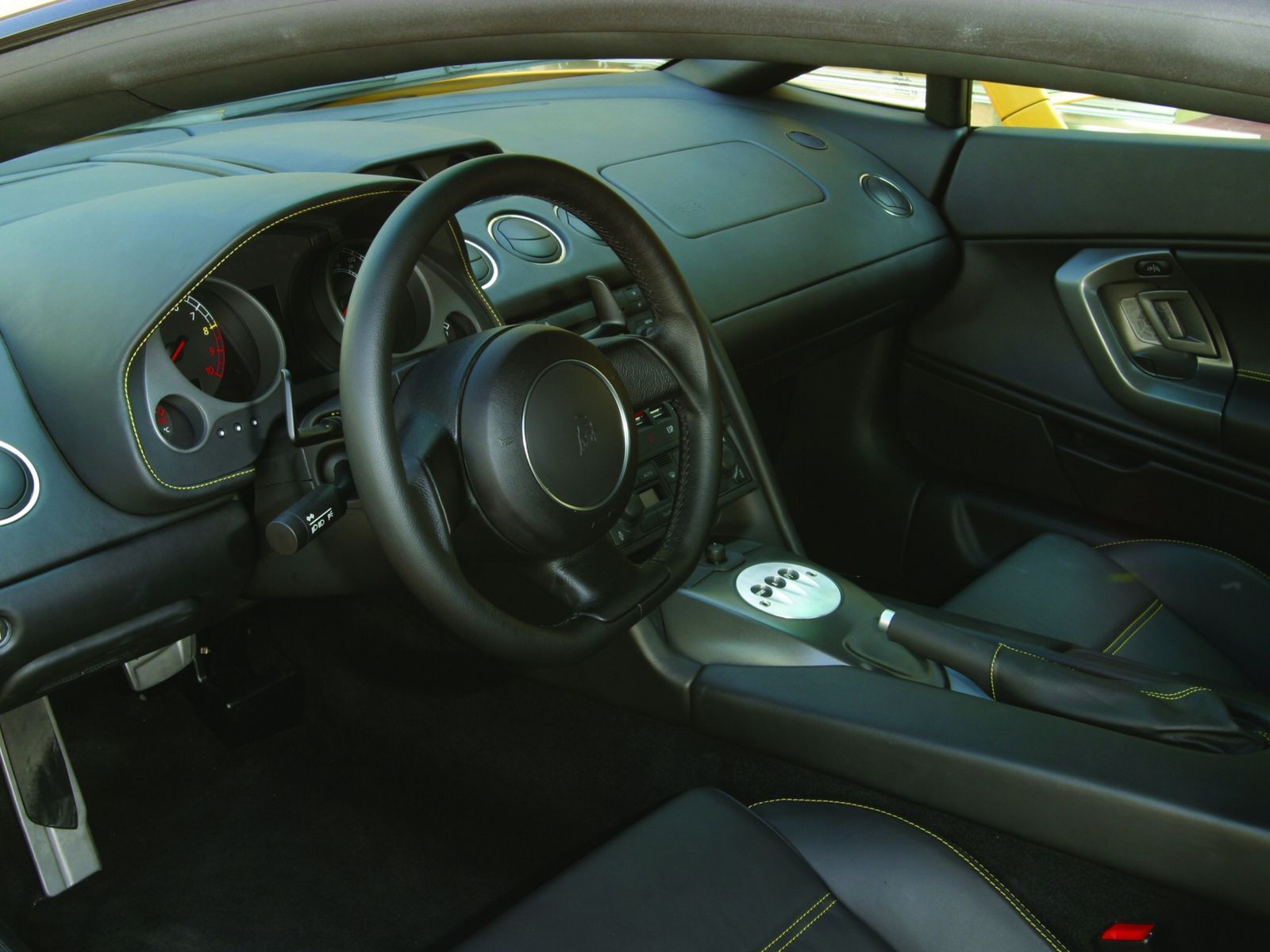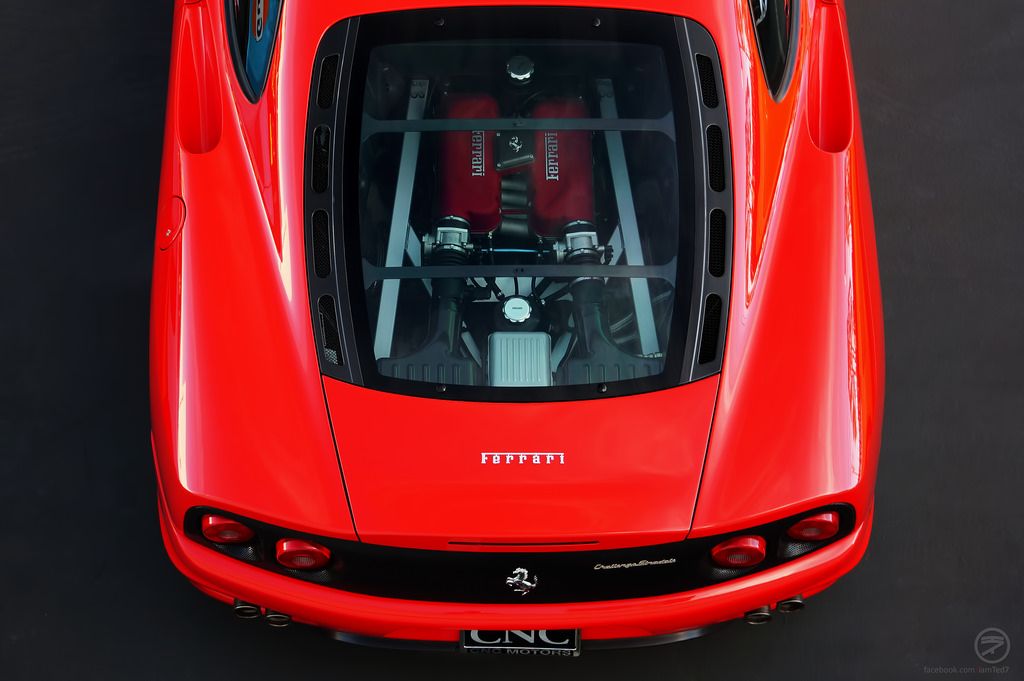The 360 Modena was a two-seater, mid-engine, rear-wheel-drive sports automobile made by Ferrari between 1999 and 2005. It succeeded the Ferrari F355 and was replaced by the Ferrari F430 in 2005. Due to substantial usage of aluminum throughout and a new 3.6-liter V-8 engine that generated 400 horsepower, the Ferrari 360 delivered a proportionate increase in performance over the F355. The automobile had a 0 to 60 MPH time of 4.3 seconds.
The Lamborghini Gallardo's size and performance aims give it a tight sense of agility. The longer wheelbase and shorter overhangs give the car a more dynamic appearance. Under Audi's ownership, this was Sant'Agata's first truly all-new automobile. It also represented the automaker's comeback to producing a more affordable and usable super sports vehicle.
The classic 2002 Ferrari 360 Modena and 2003 Lamborghini Gallardo were revolutionary in the sports car segment. While the Modena was strongly designed for a thrilling driving experience, the Gallardo was practical for both high-speed cruising and daily driving.
The Race-Inspired Design
Pininfarina was behind Modena's style, which was inspired by the classics, such as the 250LM and the Dino. Onlookers may be drawn to a 360 Modena Coupe or Spider by its lushly rounded looks, but it's the glass-covered engine hatch that will likely keep them there for a while, looking in awe.
The 360 Modena sported a fastback rear roof in addition to a low, sloping nose and bulging fenders. All of these characteristics contribute to a low drag coefficient of 0.33. Two large functional air intakes cool the engine and dual radiators at the front. At the back, there were four exhaust ports producing that famous growl. 18-inch tires were mounted on five-spoke alloy wheels with cross-drilled disc brakes. An automatic power top is standard on Spider models.
The Gallardo maintained Lamborghini's design language by being short, flat, and wedge-shaped. It had tall, angular headlamps and a sharp front, followed by an arched greenhouse and a flat engine lid with vents at the back. Its enormous air intake in the rear fenders cooled and fed the engine. The car's rear was outfitted with geometric forms and vertical, square-looking tail lights. Above the splitter, the twin exhaust poked through the rear bumper.
The cab-forward cockpit, with its highly tilted front screen and tension pillars, the complex surface crossed by crisp graphics, and its cooling flow-oriented ornamentation, conjures a robust aeronautical influence in its proportions and formal language, as in the Lamborghini lineage.
The Sporty Interiors
The passengers in Modena are surrounded by the best materials, including top-of-the-line leather upholstery. The dashboard, door panels, and console are all made of polished aluminum. Furthermore, the controls and air conditioning vents are made of thick plastic. Everything about this automobile exudes quality, and nothing is fragile or loose.
There was plenty of room to stow baggage behind the two multi-adjustable high-back bucket seats in the coupe. Large instruments and an intelligent center stack design enhance the car's impression of purpose and elegance.
The Lamborghini Gallardo's interior was characterized by a low-slung driving position, a sharply slanted windshield, and leather with carbon fiber upholstery. The seats are well-shaped and cushioned; there's plenty of room for the driver and passenger and regular doors, rather than Lamborghini's trademark scissor doors that swing upwards, making it easier to get in and out.
Regardless of the shape of the driver, there is enough adjustability in the driver's seat and at the steering wheel for an appropriate driving posture. However, owing to the influence of Audi, the cabin design is simple to use straight away. The inside had temperature control that was simple to use, heated seats, and a simple music system.
The Super Powerful Engines
The Modena was powered by a 3.6-liter V8 engine that produces 400 horsepower and 276 lb-ft of torque, allowing it to reach 60 mph in a little over four seconds with a top speed of 180 mph. Under typical driving circumstances, high-tech features like dual intake runners and a two-stage muffler help keep the V8 reasonable.
Modena offered a gated 6-speed manual transmission and an 'F1' single-clutch automatic manual transmission.
The Lamborghini Gallardo was driven by a 5-liter V10 engine that produces 500 horsepower at 7,800 rpm and 376 lb-ft of torque at 4,500 rpm and was composed entirely of aluminum. A Drive by Wire system with two electronic throttle bodies controls the throttle. A Lamborghini Viscous Traction system distributes power to all four wheels.
The car had a 6-speed manual transmission with the option of an e-gear sequential gearbox, which employs paddles positioned on the steering column to shift gears. A decreased diameter twin-plate clutch is used to lower the car's center of gravity even more.
The Lamborghini Gallardo was designed and shaped like a high-end sports car, but it was also practical for daily driving. The 360 was proven to be a dependable and simple Ferrari to own. There were 8,800 Modenas made in all, out of which only 469 Modenas were fitted with a gated 6-speed manual gearbox.




